Skeletons are not so spooky scary at the Bone Museum
Meet the bone collector of the McKibbin lofts.

Welcome to The Bone Museum, where history meets the hauntingly real. Tucked away in the basement of the McKibbin Lofts in Brooklyn, this isn’t your average museum, it’s a place that lets bones tell their stories, from a medical trade few people know about to oddities like a detective’s estate-sale skull.
The Bone Museum is the brainchild of Jon Pichaya Ferry, a designer and bone collector who went from asking to borrow his high school’s rat skeleton to creating a space where people can learn about the human skeleton up close, no matter their background. The Bone Museum isn’t just a place to see bones; it’s a space that challenges how we think about history, science, and the stories we don’t usually hear. It’s a museum that’s raw, real, and open to anyone, from curious visitors to medical students and anthropologists alike. If you’re ready to dive into a piece of history most museums won’t touch, this is the place.
I got the chance to sit down with Jon for an interview that goes deep into the history and approach behind the museum’s exhibits. The Bone Museum is on a mission to take the mystery and taboo out of osteology and put it right where it belongs — in public view. And if you’ve got extra skeletons in your own closet, you might be able to sell them to the museum, too. The Bone Museum is located at 255 McKibbin St., Studio 0014, and is open Wednesday to Sunday, 11 a.m.-7 p.m.
What’s your background, and how did you get into bones?
JPF: I’ve been into bones for a long time. When I was 13, my father gave me a mouse skeleton. Some might consider this weird, but instead of presenting it to me as creepy, dark or scary, my dad showed it to me from an academic and educational standpoint. I was fascinated by how it fit together, how it worked, and I eventually got into industrial design.
But my career focus now came from the inaccessibility I experienced in my education. I had wanted to study bones when I was in high school. My science department had a rat skeleton and I asked if I could borrow it for a figure study class I was doing. They said “no, if you break it we can’t afford a new one, so we’re not going to let you have access to it.” This was frustrating. A lot of my experience has involved wanting to study osteology and not having the proper resources or facilities to be able to view and appreciate these pieces. So I started to collect bones, now leading to the museum. I want to make osteology as accessible and publicly transparent as possible.
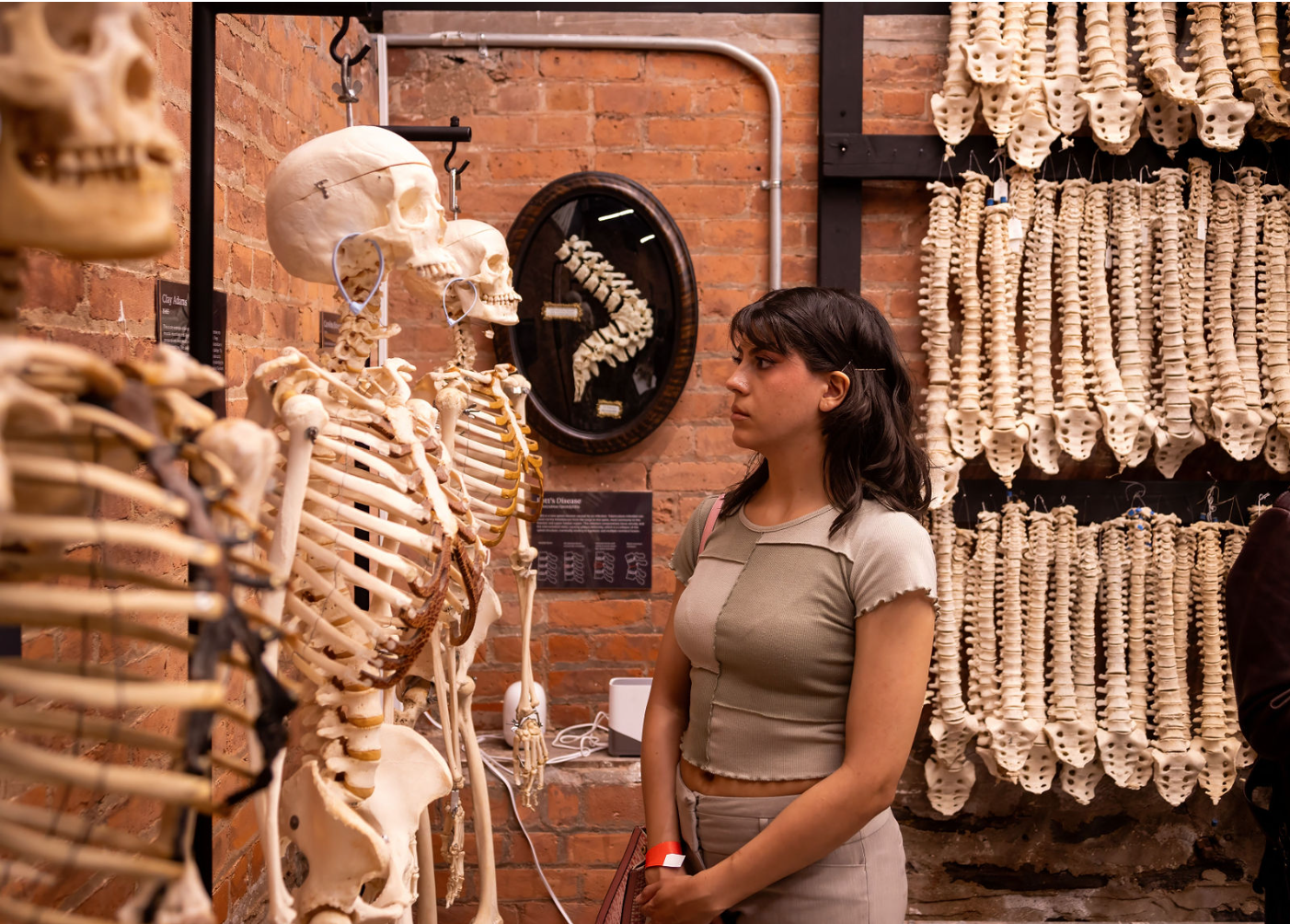
Tell me about the museum: why a bone museum?
Unless you’re in medicine, a student, or have interesting friends, the average person has very little ability to study and see the real human skeleton. But we all have one! So we want to combat the inaccessibility that exists within this world. The second goal of the museum is to raise awareness of the medical bone trade and its rich history.
Back in the day, if you were a medical student you would have to buy your own skull or skeleton for your time in the medical field. A journal published in Nature speculated that 2.4 million bones were sourced in order to meet the demand of this medical trade. Another figure states that in 1984, alone 60,000 skulls were shipped in just one year to meet this growing demand for medical specimens. So now the question is: what do we do with all these bones?
Fast-forward over 100 years later all of these doctors and physicians are passing away and their next of kin are inheriting their bones and have no idea what to do with it. So now we’re stuck with hundreds of thousands of human remains that we don’t really have a solution for. They can’t be repatriated because there’s no DNA evidence left in the bones. They can’t be donated because the majority of medical museums are not equipped to handle real human remains. And they can’t be disposed of because improper disposal of human remains a crime. So these bones kind of fall into a limbo.
Our goal is to preserve history to the best of our ability and inform the general public about this trade and let them make their own informed decisions on how they feel about the bone trade as a whole.
I’ve been in a lot of crummy, creepy basements looking for bones.
Who is the museum for? Do you have a typical clientele?
The museum is for everyone! We’ve had visitors with all kinds of backgrounds, from ballerinas to orthopedic surgeons to kids. We really try to cover things at all levels and have an interdisciplinary approach. We’ve had five- and six-year-olds come to the museum and love it. We have Dr. Seuss books, different kinds of displays, and even models people can touch to really understand how bones connect.
How did your background in industrial design affect your work and the museum?
For example, we have a row of skeletons here that show how skeletonization evolved with material design. Because my background is in industrial design, we were able to identify what styles of preparations are done. From papier-mâché to leather to cork to resin, as well as identify the latches and hardware that connect the bones.
Using all of this perspective, we’ve been able to identify pieces. For instance, we had a teaching hospital reach out to us and say "hey, we opened a broom closet and found a real skeleton. We have no idea where it’s from." They sent us photos and based on a combination of hardware details and cartilage preparation only used in the 1950’s, we guessed it might be by the company Clay Adams. Three months later they emailed us back and said oh we actually found a sales receipt: it’s Clay Adams, from the 1950s.
Do you have a favorite piece?
It’s hard to pick. I love real stories where we can help the person in some way as well as validate the origins of the piece.
Our most recent acquisition is a skull, we got it Monday. A retired NYPD detective got it from an estate sale, held onto it for seven years and his wife was finally like, “it’s creeping me out, I want you to get rid of it,” so he sold it to the museum. In other cases, our research is really impactful and connects different points of the medical trade.
For instance, we have a real fetal skeleton from a doctor that studied at NYU. Now a retiring physician, he reached out wanting to sell us this piece. When we looked at it, we said oh that actually looks like a Kilgore International fetal skeleton and he said “How do you know that? Kilgore international set up a booth in NYU in 1986 and I purchased it from them for $120. I unboxed it with my anatomy professor named Gordon.” I told him we actually have the original Kilgore International catalog. He had named the fetal skeleton Gordon to honor his anatomy professor and we kept the name.
There are only three museums in the world that have an individual with gigantism on display and we're one of them. We also just got a femur with polio. I have a colleague that works in another medical museum and they came to visit, immediately ran over and said, "show me a femur with polio." He said in his entire career, he’d never seen one with polio before. So along with our general mission of accessibility and awareness, being able to be a place for medical students and anthropologists to access information, those are really pieces that resonate for us.
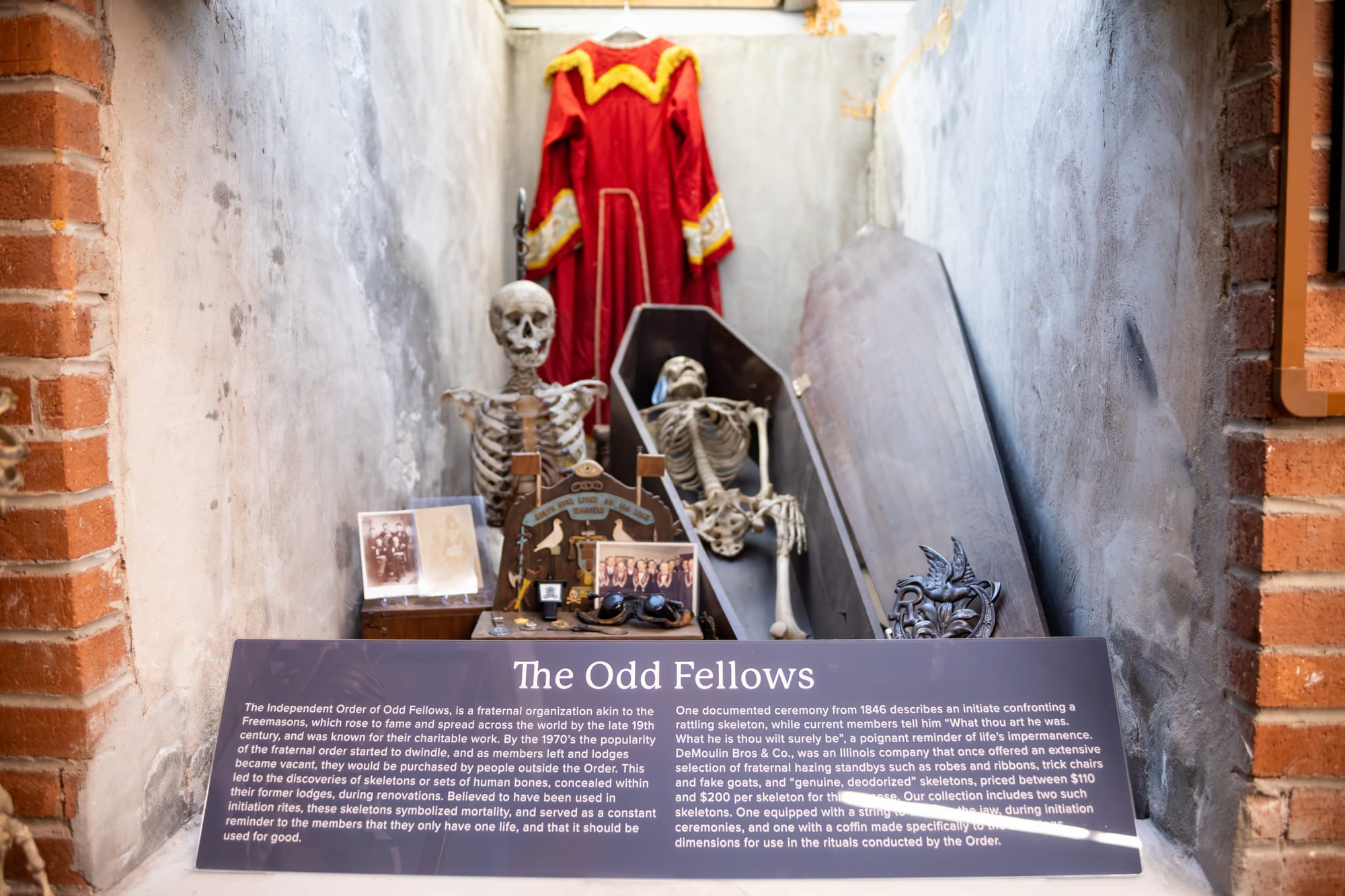
Do you have a favorite bone in the human body?
The spine, both for its design and in the context of the medical trade. We have this massive spine collection over here. It symbolizes a fundamental problem in the industry. There’s a term called “breaking up diamonds:” if you can’t sell a big diamond, you break it up into smaller pieces and it’s easier and more profitable. Out of all the bones in the entire industry the spine is the most broken up set of bones.
I see this as a disservice to the individual, breaking up their bones for profit so we made our goal to try to preserve as many spines as possible. Hence the spine wall where we keep them fully articulated and strong. That way, they don’t get broken up, and folks can see the scale and diversity of the human spine, and visualize the extent of the trade.
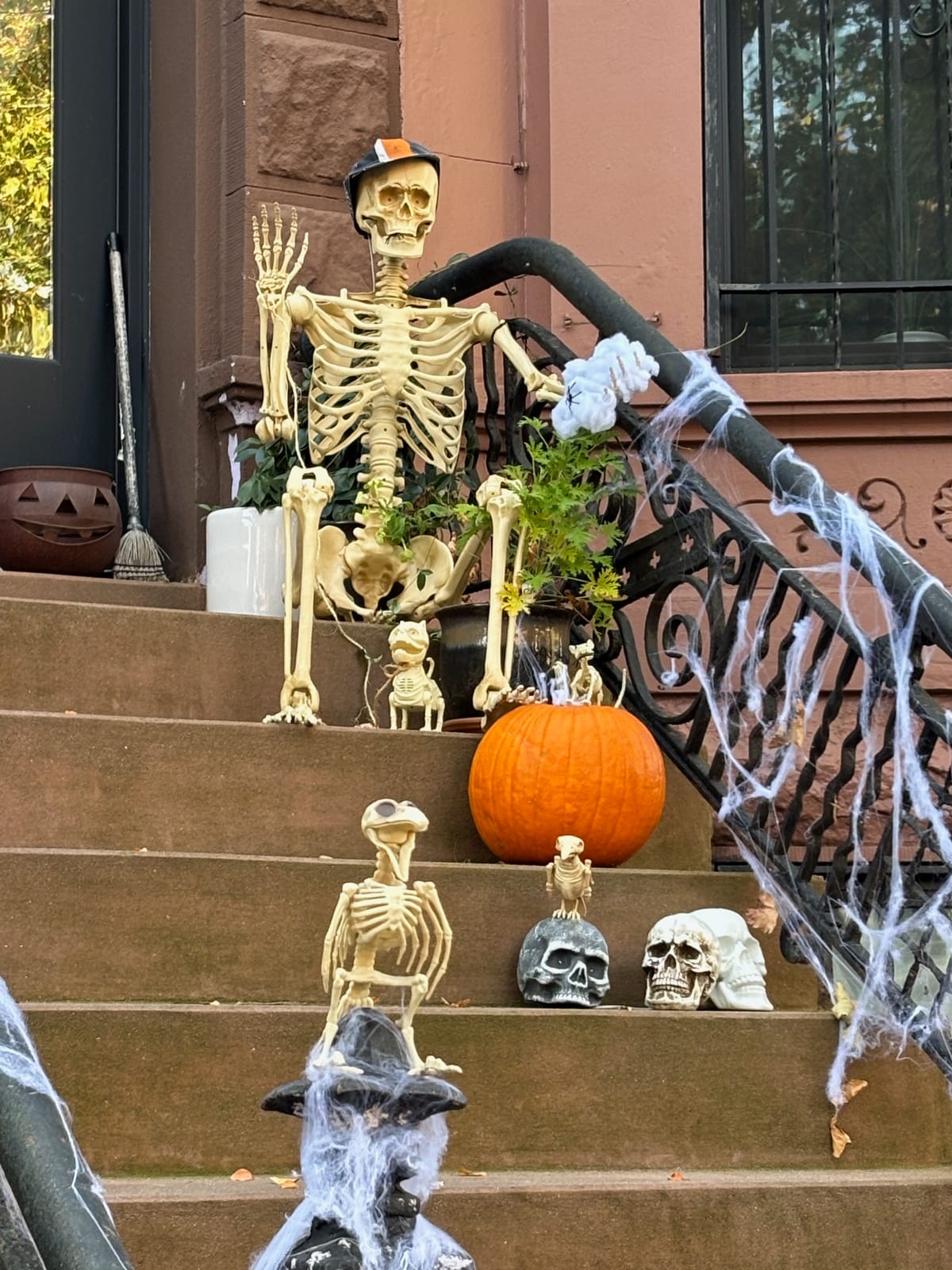
What are some of the most unusual or bizarre things you’ve encountered in the world of bones?
Sometimes I’ll get a call that someone has a real skeleton out in their basement in rural Pennsylvania, and I sometimes drive all over the country to source pieces. Nothing like a haunting or anything like that but I’ve been in a lot of crummy, creepy basements looking for bones. It’s usually mostly exciting, helping to put together the pieces.
This is still an emerging and new field. There’s no Wikipedia page on the medical bone trade; very little is written about the companies involved. There’s very little surviving documentation since all of these skulls exist in the private market. Collectors have them and anthropologists aren’t able to research these collections because they’re all in private hands. Since we work both with the medical community and the private collector community we’re really able to crowdsource research. So some of the biggest moments that resonate are when we make big breakthroughs in the history of a piece. We were able to identify a skeleton that Johns Hopkins couldn’t, so that was really exciting.
If there’s one thing you wish the public truly understood about the bone trade and its history, what would it be?
Our goal is to be neutral about the industry and provide access to its history. With anything related to sourcing and acquiring human remains, there’s going to be injustice. I always say, when money gets involved in any industry, we see problems. We’re trying to find a solution: how do we acknowledge this challenging history while also educating? How can we present this information neutrally and let our guests make their own informed decisions?
It would have been so much more financially beneficial to keep a small showroom and sell a skull to a university for $3,000 or a skeleton for $10,000. But opening the museum— putting our money where our mouth is, charging $20 admission, selling T-shirts — it’s hard to keep the lights on. But I believe in this mission, and I believe everyone has the right to see these pieces. So, we wanted to really open this museum.
The goal with the museum, per se, is that it’s no longer about me. Originally, it was about Jon’s Bones, my story and interest in bones. But I want people to see how big an industry this really was. I want them to learn about the history. I want the focus to be more about the team and more about what these pieces say and show. It’s not about me anymore; it’s about the pieces. That’s the setup and focus now, and why I’ve taken a step back.

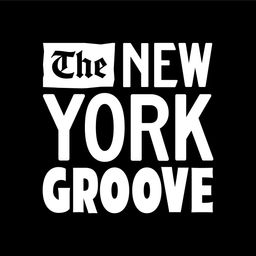
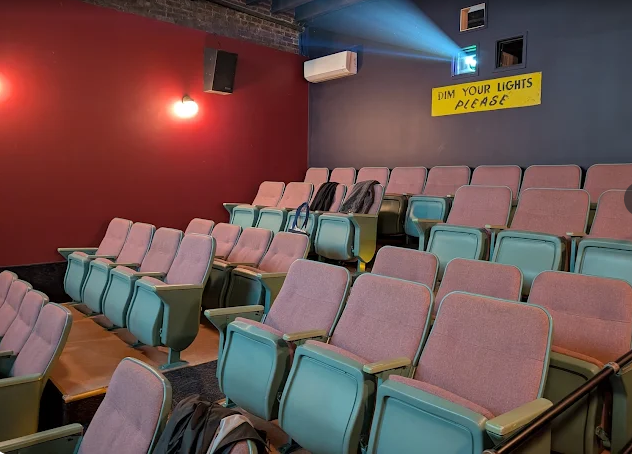

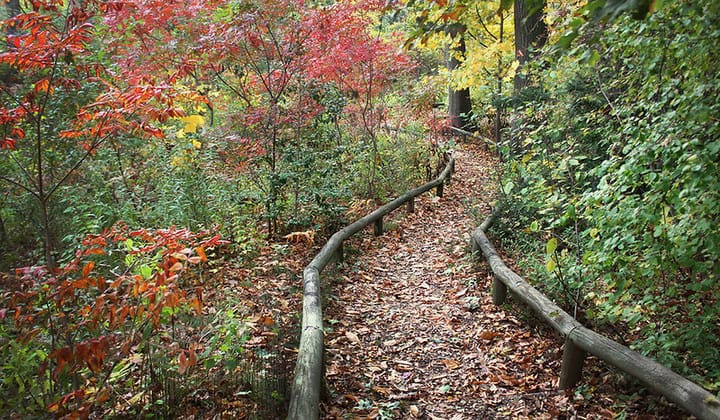
Comments ()